I have been trying to create a javafx.scene.control.TableView such that all the selection events are blocked when their origin is user interaction. In other words, it must be possible for me to programmatically alter the selection in a given table view.
I tried solutions from the following questions:
- Setting the whole table view as mouse transparent (see article). This approach is unacceptable, because, for instance, user cannot change the width of the columns
- Setting the selection model to
null(see article). This one is unacceptable, because the currently selected row is not highlighted properly- see image below:
Originally, I wanted to decorate the default existing table view selection model with my own. Something like this was created:
private final class TableViewSelectionModelDecorator< S >extends TableViewSelectionModel< S >
{
private final TableViewSelectionModel< S > delegate;
private TableViewSelectionModelDecorator( TableViewSelectionModel< S > aDelegate )
{
super( aDelegate.getTableView() );
delegate = Objects.requireNonNull( aDelegate );
}
// Overriding the methods and delegating the calls to the delegate
}
The problem with my decorator is that the function getSelectedIndex() from the selection model is marked as final, which means I cannot override it and delegate the call to my decorated selection model. As a result, whenever a client asks for currently selected index the result is -1.
Requirements that I must meet:
- Selection change events coming from either the mouse click or the keyboard (or any other input source) is blocked.
- User must be able to interact with the table as long as the selection is not modified (e.g. changing the width of the columns)
- Selected entry is properly highlighted (instead of just some frame around the selected index)
- For now there is no multiselection support involved, but preferably I'd appreciate a solution that does support it.
Last note is I use Java 11.
Thanks for any pointers.

